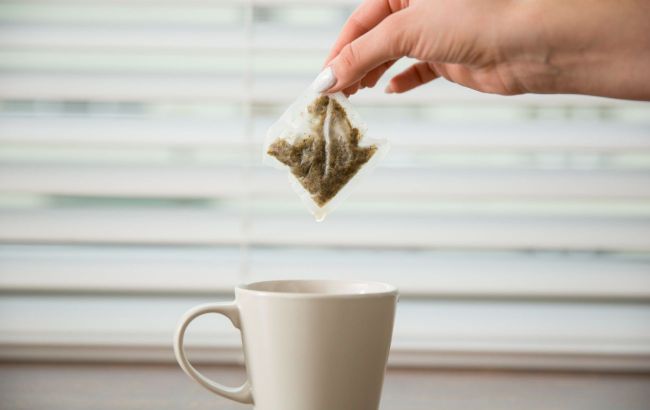Simple methods to help you detect low-quality tea in tea bags
 How to identify low-quality tea (photo: freepik)
How to identify low-quality tea (photo: freepik)
Tea is one of the most popular beverages. However, sometimes in the store, you can buy a non-genuine product. It's important to know how to choose real tea, not a counterfeit, based on several signs, according to Gv tea.
How to check the tea bag
Most packaged tea is often composed of dust and fannings, which are the remnants of processed tea leaves and are considered waste products.
One way to assess tea quality is to examine the tea leaves. If the leaves are crushed and brittle, they are likely of lower quality. High-quality tea should have the fragrance of fresh herbs, whereas lower-quality products may have a stale smell.
The color of the tea
Unscrupulous manufacturers often add artificial coloring to cheap tea to make it appear as a higher grade. To check this, you can simply place a tea bag in cold water – real tea should not color the liquid.
Another way to test is by adding lemon to the tea. If the leaves are genuine, the beverage will lighten.
The aroma of the tea
High-quality tea will have a pleasant and robust aroma, while low-quality tea may have a weak or unpleasant scent. Brew the tea and observe how the leaves appear after steeping.
A quality product will have intact leaves, whereas a low-quality one may have broken leaves. Good tea will typically have larger leaves, while poor-quality tea will have smaller ones.
Expiry date
All tea has a shelf life, typically around 3 years from the date of harvesting on the plantations. However, manufacturers often label tea with the packaging date rather than the harvest date. The actual storage duration can be uncertain.
Additionally, high-quality tea should not contain impurities or stems.
The presence of a film on tea leaves doesn't necessarily indicate its quality, as even lower-quality teas can have it. The bitterness in green tea is also not necessarily a sign of poor quality; it can be a characteristic of some varieties.

